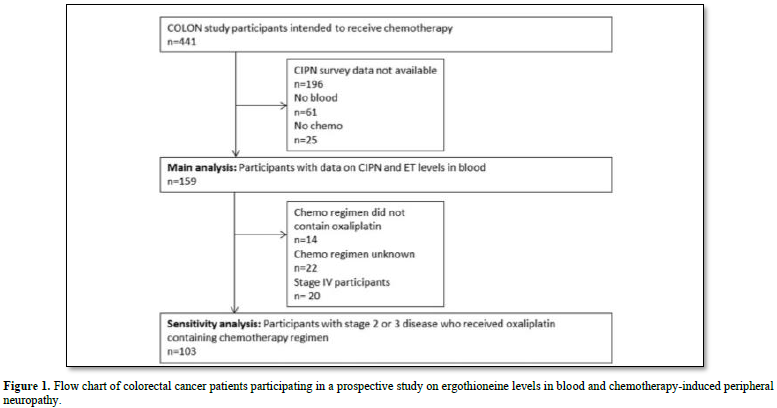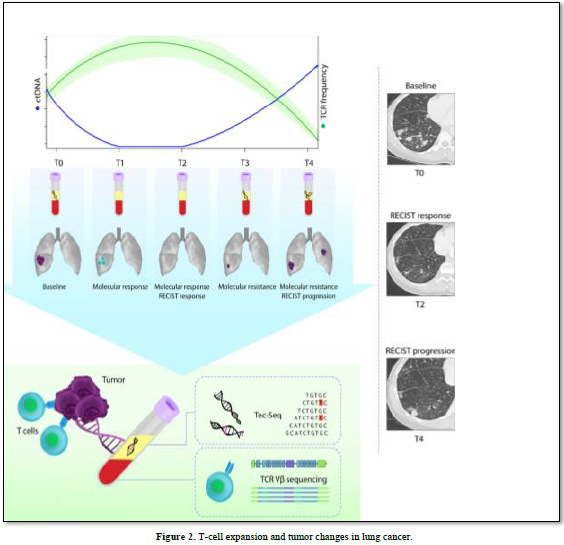-
Publish Your Research/Review Articles in our High Quality Journal for just USD $99*+Taxes( *T&C Apply)
Offer Ends On
Noor Fatima**, Rabia Amjad, Ayesha Afzal, Sidra Sarfaraz, Isha Ishtiaq* and Sana Shahzadi
Corresponding Author: Isha Ishtiaq, Department of Biotechnology, University of Sialkot, Sialkot, Pakistan
Received: February 4, 2021 ; Revised: March 7, 2021 ; Accepted: March 12, 2021
Citation: Fatima N, Amjad R, Afzal A, Sarfaraz S, Ishtiaq I et al. (2021) A Blood Cancer- Its Diagnosis and Treatment. Adv Biotechnol Biopro Res, 1(1): 1-5.
Copyrights: ©2021 Fatima N, Amjad R, Afzal A, Sarfaraz S, Ishtiaq I et al. This is an open-access article distributed under the terms of the Creative Commons Attribution License, which permits unrestricted use, distribution, and reproduction in any medium, provided the original author and source are credited.
Views & Citations
Likes & Shares
Blood cell function and production affected by blood cancer. Cancer arises first from your bone marrow where blood formation occurs. Role of mitochondria in apoptosis and also tumorigenesis have the potential role of Mitochondrial DNA mutation in the development of cancer. Pancreatic cancer is the cause of many cancer-related diseases. Detection of pancreatic cancer, methylation of ADAMS1 and BNC1 in cell-free DNA occurs where there are early stages of tumor and its treatment is possible. Screening of colorectal cancer not only detects early symptoms of cancer but this screening prevents the spreading of the tumor cells forms in colorectal cancer. DNA based tests are used alternations that are genetic that start tumor genesis for early detection of different types of cancer occurs in the fluids of the body including urine. When we normalize the plasma activity of Alanine aminotransferase by IFN treatment less the rate of hepatocellular carcinoma.
Keywords: Mitochondrial DNA, Ergothioneine, Immunotherapy, Hypermethylation, Chemotherapy
INTRODUCTION
Cancer involves lots of nuclear DNA changes. Role of mitochondria in apoptosis and also tumorigenesis have the potential role of Mitochondrial DNA mutation in the development of cancer. Brain cell tumor involves a large number of DNA changes [1-11].
A mitochondrial genome is a biological tool used for the observation of neoplasia and its progression. These characteristics are very vital for research on cancer. Mitochondrial DNA is heteroplasmic, this recognized mutation associated with disease occur in a genome. This heteroplasmy represents disease and it is present in many tumors. Mitochondria has a role in carcinogenic procedure due to a role in apoptosis and their role in tumor biology [12].
Molecular diagnostic evaluates gene, drug metabolism, and disease induction based on DNA, RNA, and proteins. Chromosome analysis involves Fluorescent in situ hybridization is the type of blood cancer diagnostic. It involves the detection of cells with the chromosomal translocation but there is sensitivity occurs while using this method. There is the development of a diagnostic kit available for leukemia, these kits use a unique method of PCR which count the target RNA from the sample [4].
Blood vessels having tumors show permeability larger than normal vessels of normal tissues. Different inflammatory mediators lead to increase permeability and accumulation of fluid that observe in growing tumors [13,14].
Mitochondrial defects have been related to primary human cancers. Hereditary nuclear mutations cause kidney cancers [15-19].
Nuclear techniques of medicine which are non-invasive are important for the treatment of brain tumor. X-ray, magnetic resonance imaging, nuclear techniques of medicine can detect tumors with the help of imaging metabolic tumor changes. Zinc is an essential transition metal for animals and humans. It is necessary for the replication of DNA and the synthesis of protein.
Zinc has a role in the metabolism and interaction of cells that lead to tumors. Zinc metabolism and the role has a function in tumor cells related to the malignancy. Brain tumors were imaged because of the slow activation of zinc in the brain [20-22].
TYPES OF BLOOD CANCER
1. Pancreatic Cancer
Pancreatic cancer is the cause of many cancer-related diseases. It has a survival rate of 7 percent. This cancer often spreads and initially does not cause symptoms. Due to late detection of this cancer and lack of diagnosis methods. Diagnosis occurs at stage ¾ of pancreatic cancer of 75 percent cases. Surgical treatment is available for the diagnosis of this cancer. There is an urgent need for a reliable and less expensive method for the treatment of this cancer. There is a method available for early diagnosis of this pancreatic cancer using two biomarkers name ADAMS1 which stands for A disintegrin and metalloproteinase with thrombospondin motif 1 and BNC1 stands for zinc finger protein basonuclin-1. In experimental work using the method of methylation on the beads. Genes ADAMS1 and BNC1 using DNA methylation have a role in the early detection of pancreatic cancer [3].
2. Colorectal Cancer
It is the third common cancer leading among persons in the USA. Screening of colorectal cancer not only detects early symptoms of cancer but this screening prevents the spreading of the tumor cells forms in colorectal cancer. CIPN stands for Chronic chemotherapy-induced peripheral neuropathy is used among colorectal patients. ET stands for Ergothioneine, whole blood ET level is related to peripheral neuropathy among the patients having colorectal cancer with completed chemotherapy. Diagnosis performs, ET concentration of 159 patients having colorectal cancer were checked. After completion of the chemotherapy treatment, patients completed their questionnaires 6 months before on neuropathy (Figure 1). Calculated the prevalence ratios (PR) to reach the relation between ET concentrations and peripheral neuropathy prevalence [6].

3. Lung Cancer
Immunotherapy, despite its success, there is a basic need for assays that are molecular from which more patients show response. Circulating tumor DNA reported different measures and also use an expansion of T-cell to respond to blockade immune in cancer patients of lungs. T-cell expansion and DNA tumor changes are rapidly detected. It is used for guide therapy of immune for lung cancer patients (Figure 2) [5].
4. Kidney Cancer
Kidney cancer occurs in the renal capsule and is cured by surgical treatment in many cases. There is a need for early detection strategies. DNA based tests are used alternations that are genetic that start tumor genesis for early detection of different types of cancer occurs in the fluids of the body including urine. By using PCR methylated specific screening Tumor DNA that is matched and sediment DNA from specimens of urine obtained in kidney tumor patients. Hypermethylation of one gene occurs in tumor DNA and the same pattern of hypermethylation of gene found in the DNA urine which is matched. Methylation is used for PCR specific early detection of kidney cancer patients [19].
5. Hepatocellular Carcinoma (HCC)
It is caused by inflammation that is due to viral infection. Infection due to Hepatitis B and Hepatitis C result in the development of Hepatocellular carcinoma. The development of HCC is very rapid in people with a viral infection of hepatitis and having a high amount of Alanine Transferase present in plasma. When we normalize the plasma activity of Alanine aminotransferase by IFN treatment less the rate of hepatocellular carcinoma. When compared with the control liver tissue frequency of mutations in mtDNA was increased in both non-cancerous and cancerous specimens of liver taken from individuals with hepatocellular carcinoma. Accumulation of these mtDNA mutations in Hepatocellular carcinoma reflected the amount of malignancy [20].

CONCLUSION
LUNG CANCER FIGURE EXPLAINED
CONFLICT OF INTEREST
There is no conflict of interest in this paper.
No Files Found
Share Your Publication :